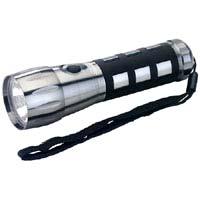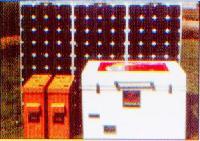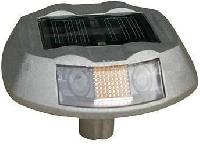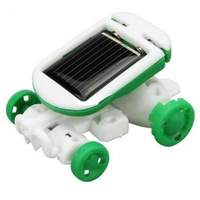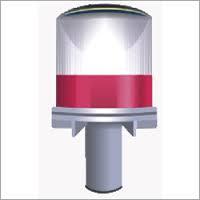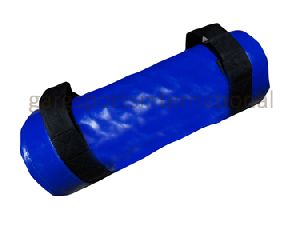Listing ID #1801080
Company Information
Ask for more detail from the seller
Contact SupplierCustomers can avail from us a high quality range of environment friendly Solar Cells & Modules. These Modules offer a stable performance for multipurpose outdoor applications. Manufactured using high quality raw material, these are highly resistant to the severest climatic conditions. We offer an unmatched 25 years warranty on these products for power output. These technologically advanced products feature bypass diodes, which reduce the power loss caused by shade. The modules use high efficiency 125 mm square mono-crystalline silicon solar cells with over 14% module conversion efficiency.





